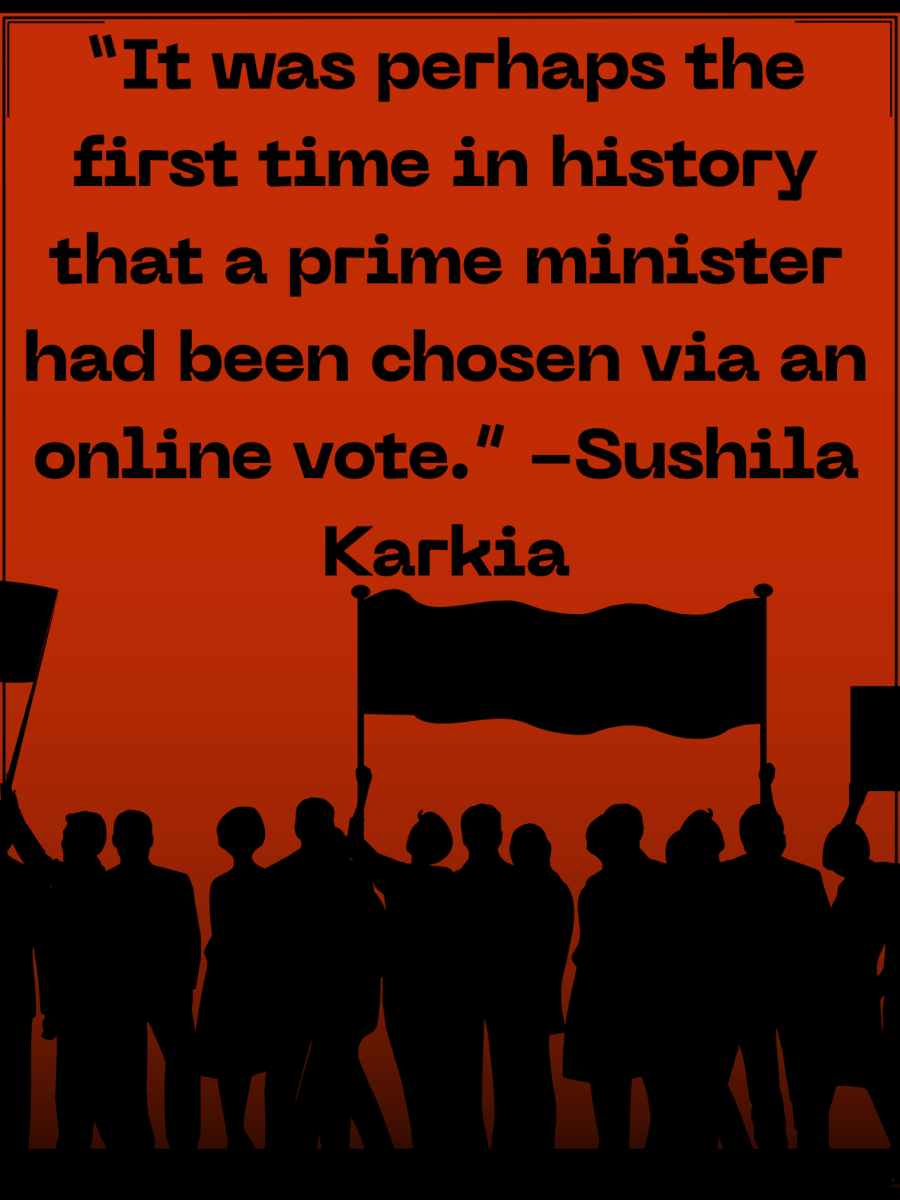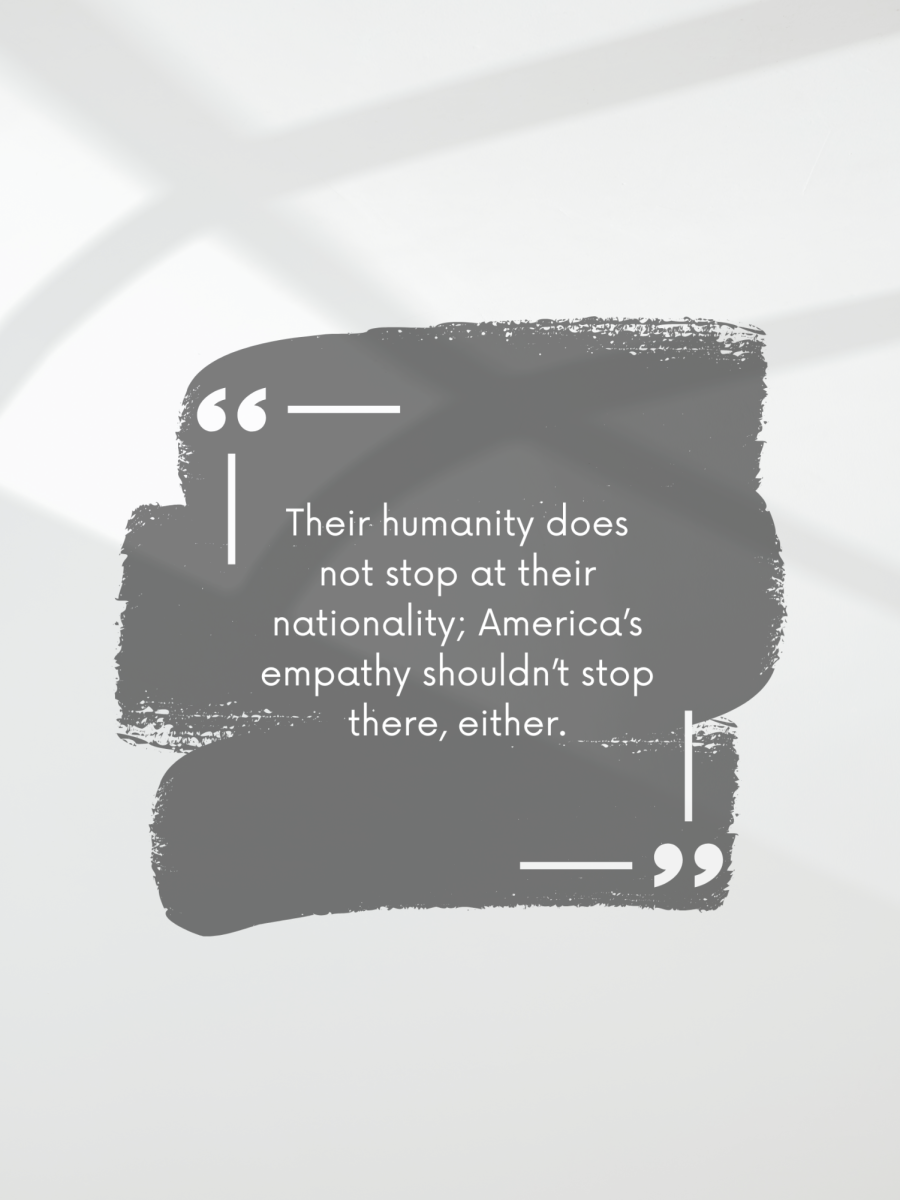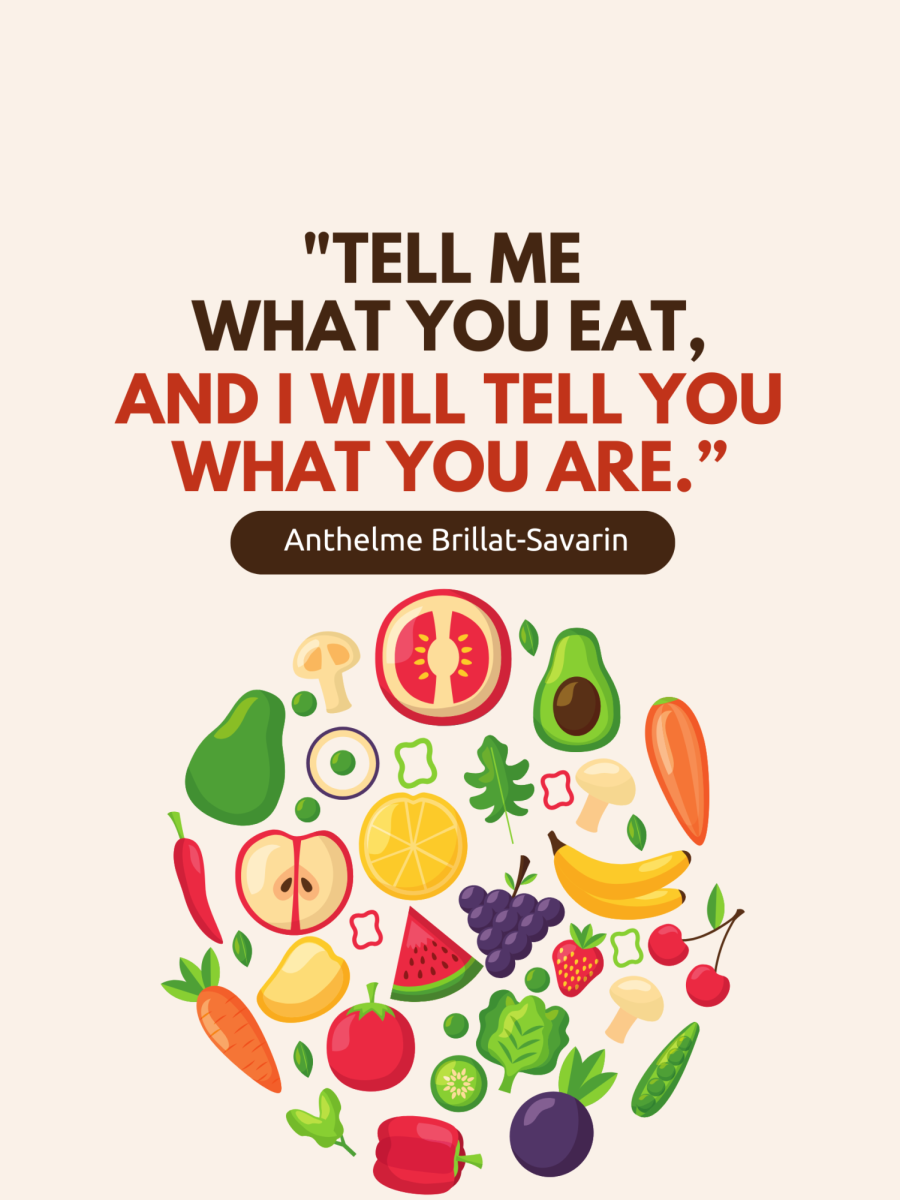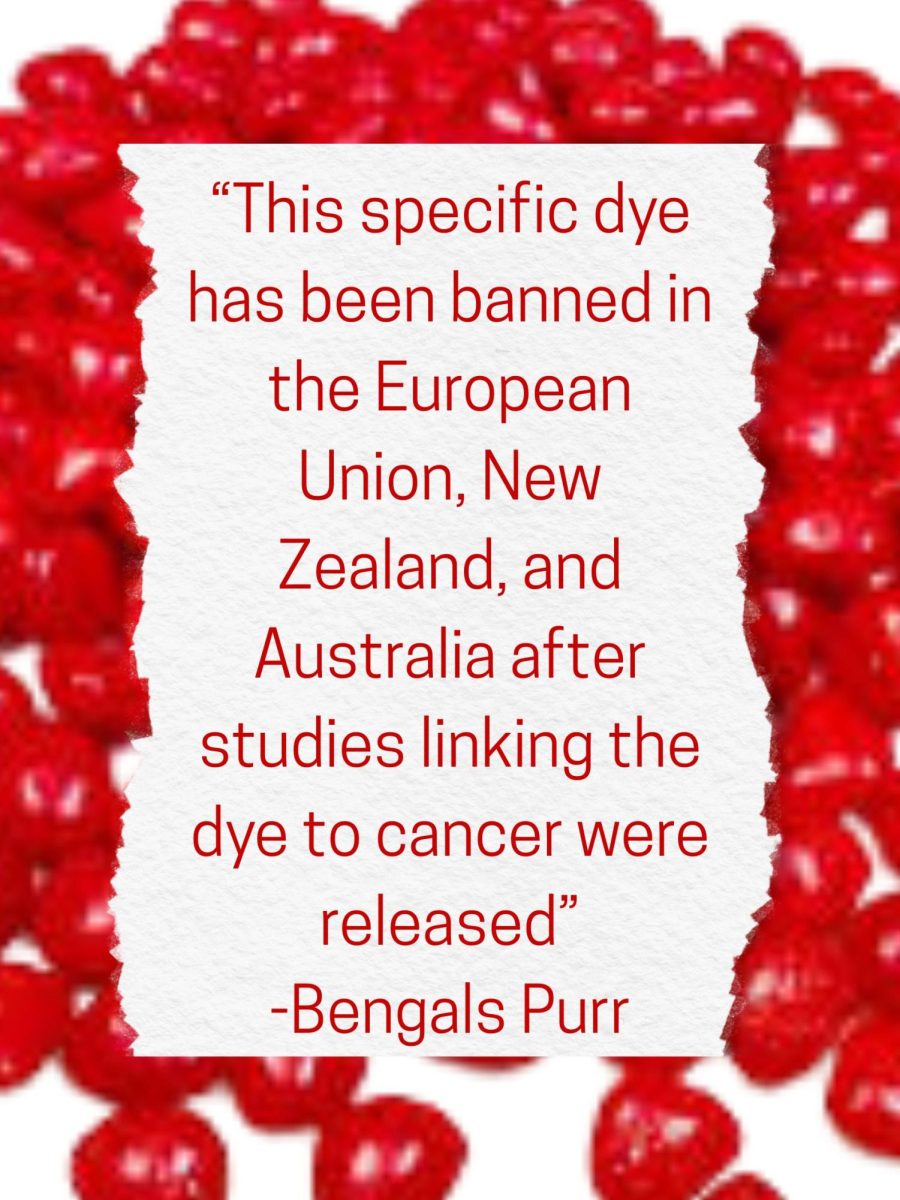According to Gender Data, in 2023, the World Bank showed that the population of women in the world was 49.7%. This means nearly half the population of the world that has gotten their period, will get their period, has had a period, is infertile, or is going through or has finished menopause.
In addition to the menstrual cycle itself, buying sanitary products at inflated prices is another issue seldom discussed during education about periods. The site www.issa.com shows that the inflation for pads has risen 41%, and the cost for tampons has risen 36% since 2019. Due to the rising prices, the amount of products bought has decreased by 12% and 16%, respectively. The average person who experiences a period pays up to $120-$180 annually, but this price fluctuates depending on the person, their flow, and if they are buying for themselves only. Spending just $20 per cycle adds up to around $9,000 over an average lifetime (www.issa.com). However, the price can be higher or lower depending on the person. Alliance for Period Supplies says the average person uses around 40 sanitary products per cycle.
Sanitary products are taxed as luxury items, the same as toys and electronics, and not as necessities. Menstrual products should be seen as a necessity because they are used for a process in the human body that is uncontrollable. As of May 14, 2024, there were 20 states that charged the “period tax,” with the range being from 4%-7%, depending on the state. Idaho was one of those states with taxation of 6%. (Allianceforperiodsupplies)
This taxation of period products affects the customer exponentially. The site /ballardbrief.byu.edu/ shows that in 2019, 64% of participants in their study said that they had struggled to buy necessities because of inflation. Another survey of low-income women noted that two-thirds struggled with the correct necessities. It’s not just the low-income people who are affected by this; it’s also college students, people experiencing homelessness, people who are imprisoned, transgender people, and nonbinary people. Of college students, 14.2% reported their struggle to afford products. For trans menstruators using the men’s restroom while on their period, 66% reported feeling unsafe, and 68% were uncomfortable because of the lack of resources in the restroom.
Not only is there a problem with the taxation of period products, but there is also a lack of education for young kids who will eventually deal with menstruation. Sexual education differs from state to state, but schools follow the National Sexuality Education Standards, which only serve as a baseline for knowledge about the physiological processes that take place during menstruation. This bare-bones style of education only deals with the physical aspect, not how to deal with the emotional side and personal care.
According to ballardbrief.byu.edu/, a study done in the 50 states showed that only three states cover menstruation products, and three states cover how to manage menstruation on the physical, emotional, and personal care level. This lack of education can make people feel scared and confused about what’s going on in their bodies, leading them to feel guilty or ashamed. The site ballardbrief.byu.edu/ also noted that four out of five teenagers reported they felt that they learned more about other animals’ biology than what is happening in their own bodies. But for many people, the question remains: what is the menstrual cycle?
The Cleveland Clinic and merckmanuals have said that the hormones drive the menstrual cycle: the luteinizing hormone, follicle-stimulating hormone, and the female sex hormones, estrogen and progesterone, released by the pituitary body. This is part of the reproductive system, lasting between 24 and 38 days. The hormones are released at different times during the cycle and tell a person’s body when it’s time for ovulation, which is when an egg is released from the ovary and travels down the fallopian tubes. If sperm does not fertilize the egg, the hormone progesterone is released, which tells the body it’s time for menstruation.
Menstruation refers to a period in which the lining of the uterus sheds itself and drains through the cervix, eventually moving out of the body through the vaginal canal. Period blood is made of tissue from the uterus and blood. Those experiencing periods generally lose around one to five tablespoons per cycle, according to nhs.uk
This lack of provided information can lead young individuals to misuse period products, which can be detrimental to their physical health. Some of these consequences include Toxic Shock Syndrome (TSS) and Bacterial vaginosis. TSS is a condition that happens when a menstrual product is not changed effectively and promptly. One recommendation is to change a tampon every 4-5 hours and not wait longer than eight hours. Even if TSS is rare in the present, one in 100,000 women, the mortality rate is 30%-70%.
This is why it’s important to have sanitary products available for everyone’s needs. Bacterial vaginosis is said to affect one in three women. At the same time, there are other ways of getting BV, such as being sexually active or being pregnant. Leaving a tampon in for more than its recommended time can increase the chances of getting BV.
Although one out of three cases of BV clears up on its own, the other two need to be treated with antibiotics, which emphasizes why people need to voice period poverty for those who don’t have enough resources to follow these instructions. (https://ballardbrief.byu.edu/)






